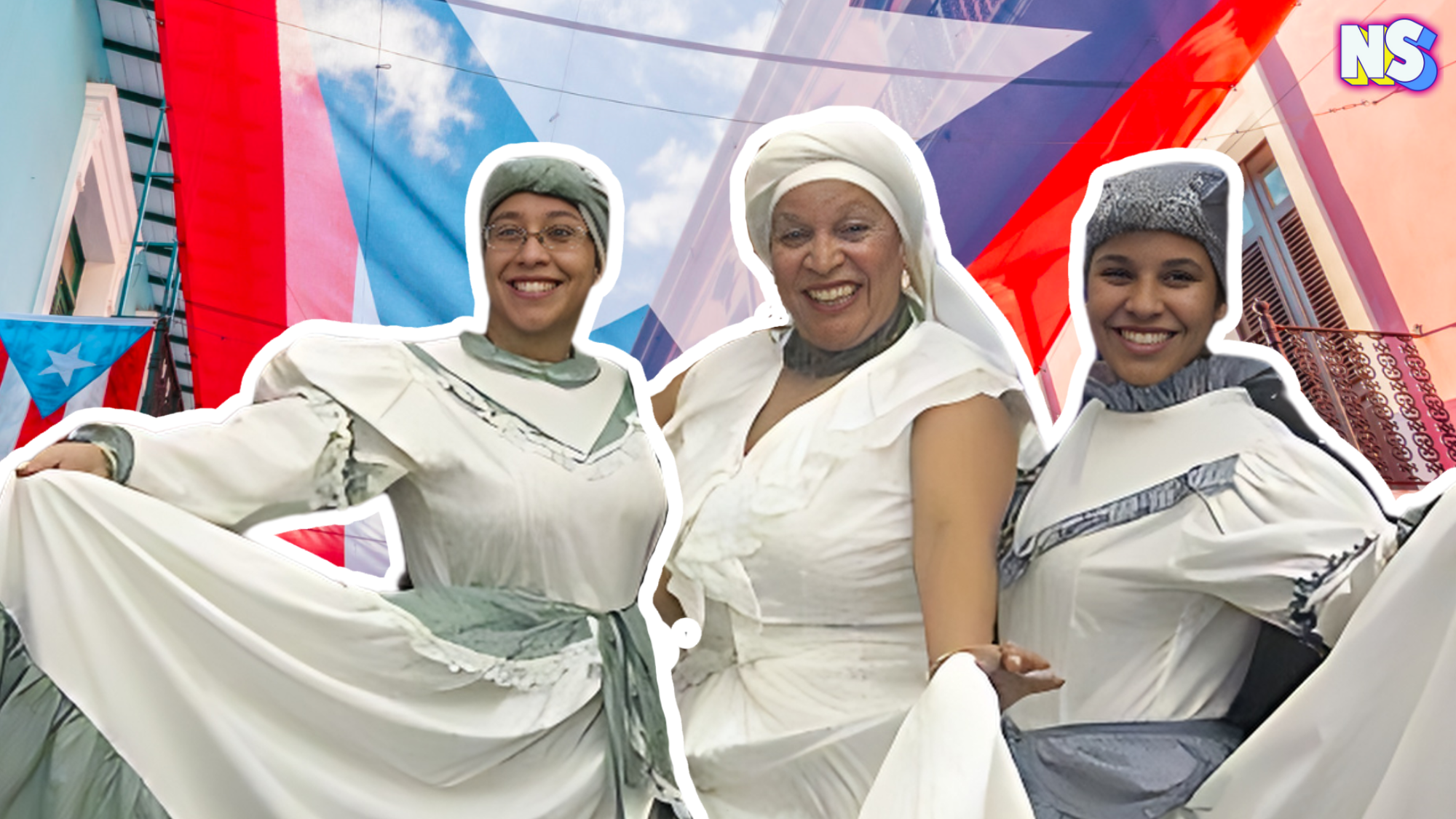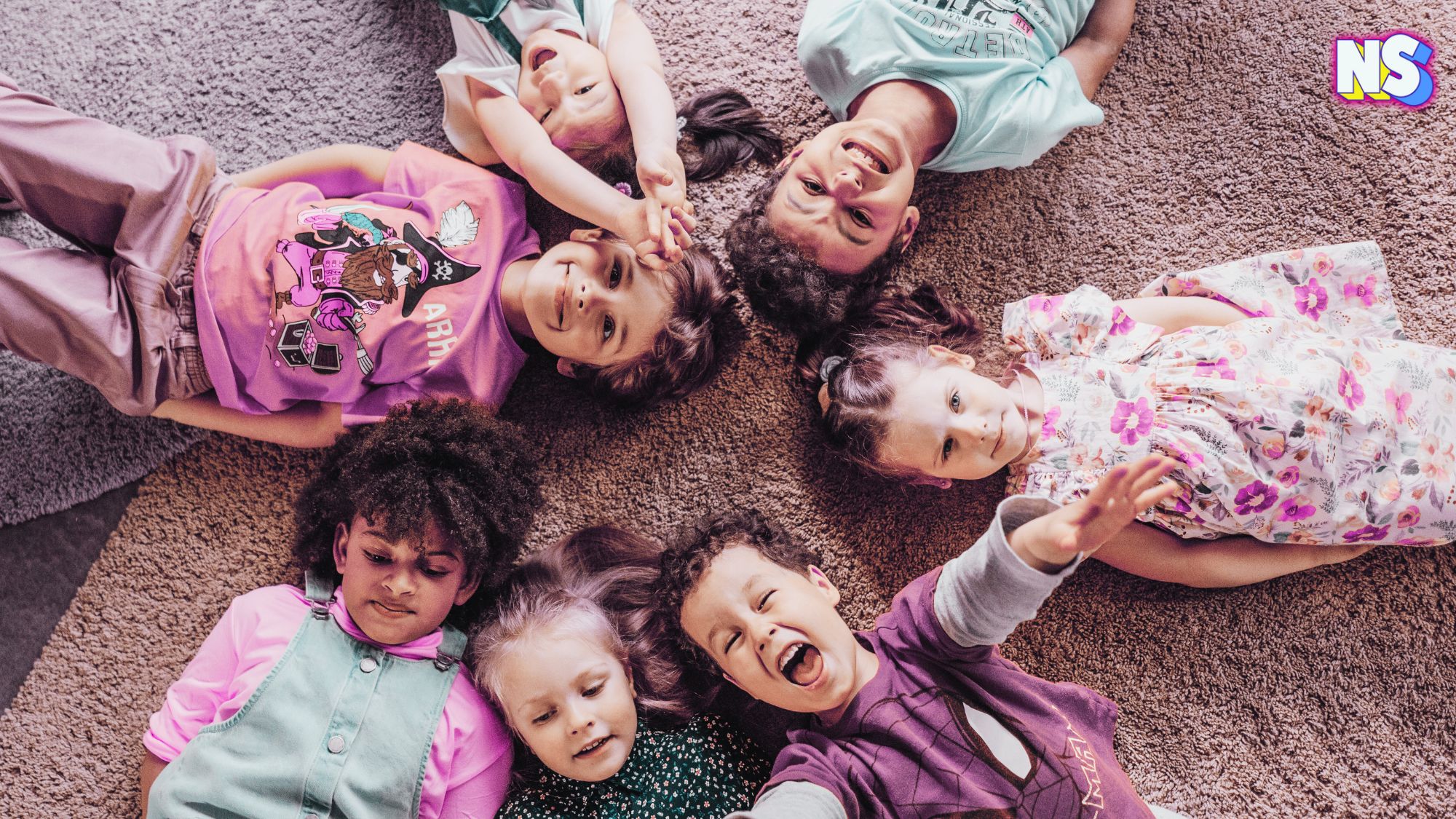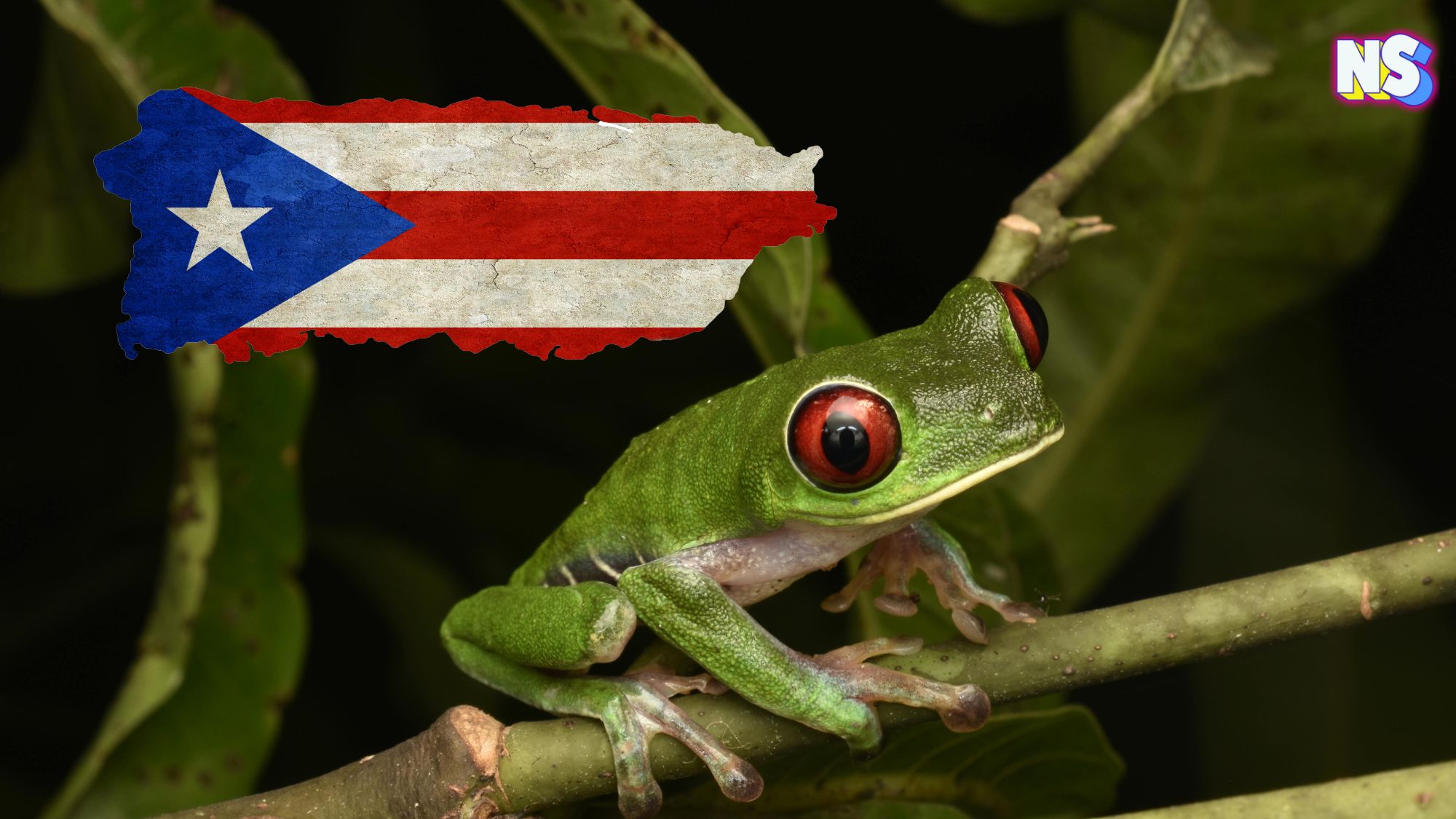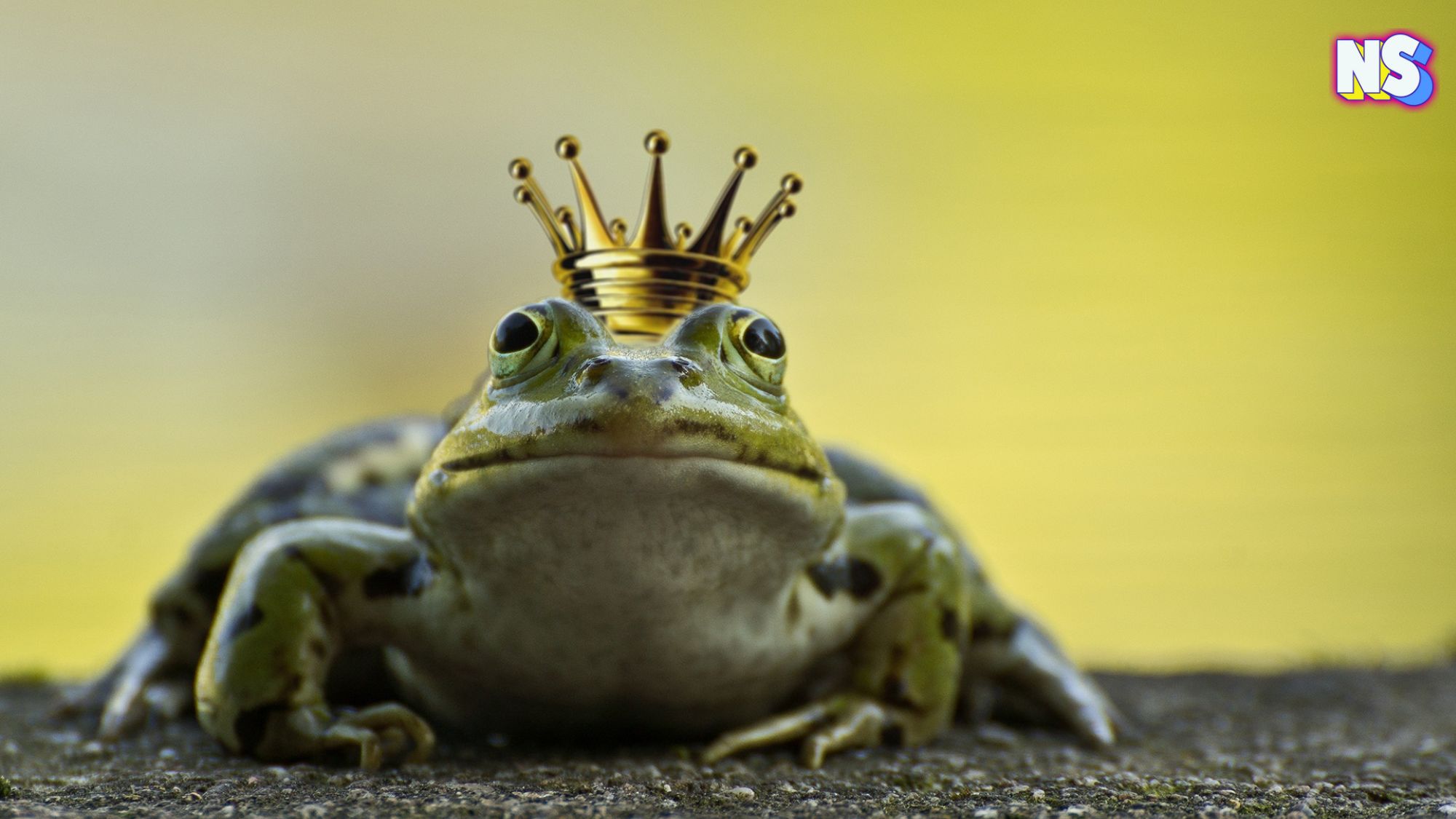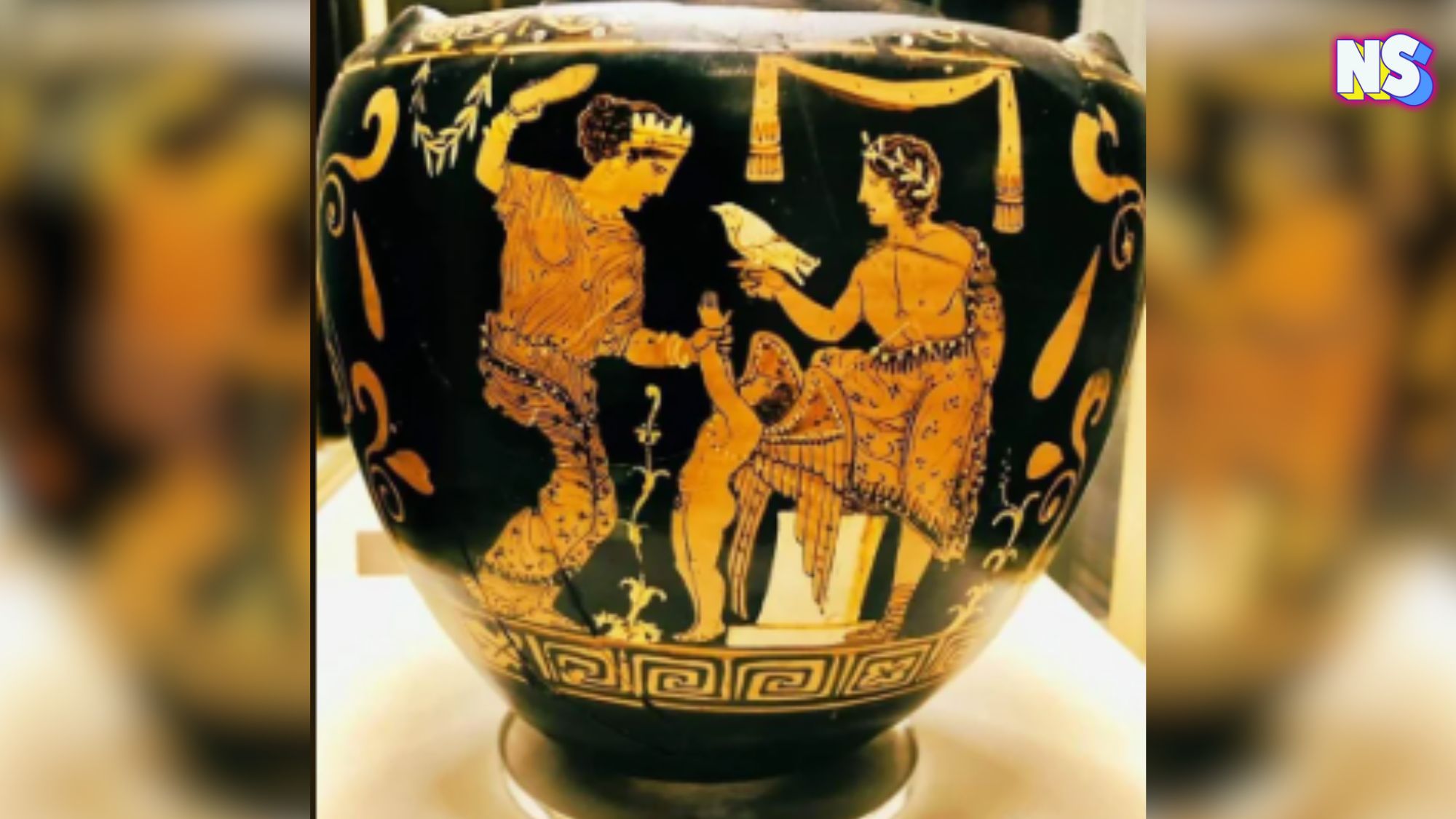Puerto Rico has been pulsating with the rhythms of bomba and plena for centuries.
These percussion-driven musical traditions have deep historical roots and continue to resonate through the hearts and feet of its people.
Let’s explore the captivating journey of bomba and plena, from their origins to their modern-day celebration.
What is Bomba?
“Bomba music was developed by the island’s enslaved and free Black communities,” the Smithsonian explains on Facebook.
Bomba traces its lineage back to the early European colonial period in Puerto Rico. Africans brought their musical traditions to the island in the 16th century, and bomba emerged as a powerful form of expression … and resistance.
“In Bomba, dancing and protests are inextricably linked,” PBS explains. “Enslaved communities would gather to make music using rhythms and dance to express. They told stories, shared news, communicated revolts and connected with each other. This process of gathering through Bomba was known as Bambula, a practice of re-remembrance.”
But bomba wasn’t just about resistance; it also moved people to dance and celebrate, creating community bonds and a sense of identity.
“The music evolved through contact between slave populations from different Caribbean colonies and regions, including the Dutch colonies, Cuba, Santo Domingo, and Haití,” the Smithsonian writes. “As a result, bomba now has sixteen different rhythms.”
Each rhythm marks the pace of singing and dance. The instruments played include the barrel drums (barriles), maracas, and cuás (two sticks played against the wood of the barrels).
What is Plena?
“Plena developed from bomba music around the beginning of the 20th century in southern Puerto Rico,” the Smithsonian explains.
Its lyrics are narrative, addressing topical themes, political protest movements, and offering satirical commentaries. The lyrics conveyed a mix of anger, sadness, and resilience, serving as a catalyst for rebellions and uprisings.
Plena’s heavy tambourine and guiro create a distinctive sound, and it often serves as the “sung newspaper” of Puerto Rican culture.
Famous Figures of Bomba and Plena
“Don Rafael Cepeda, musician, folklorist, and composer who took our Puerto Rican Bomba to different countries and was awarded the National Endowment for the Arts Fellowship, has left the legacy of culture to his entire family, which they continue to fulfill to this day,” the Cepeda family writes.
Today, descendants like “Margarita “Tata” Cepeda and Barbara Liz carry on this legacy through their nonprofit dance studio, Grupo Folkorico La Familia Cepeda, ensuring that bomba remains alive and vibrant.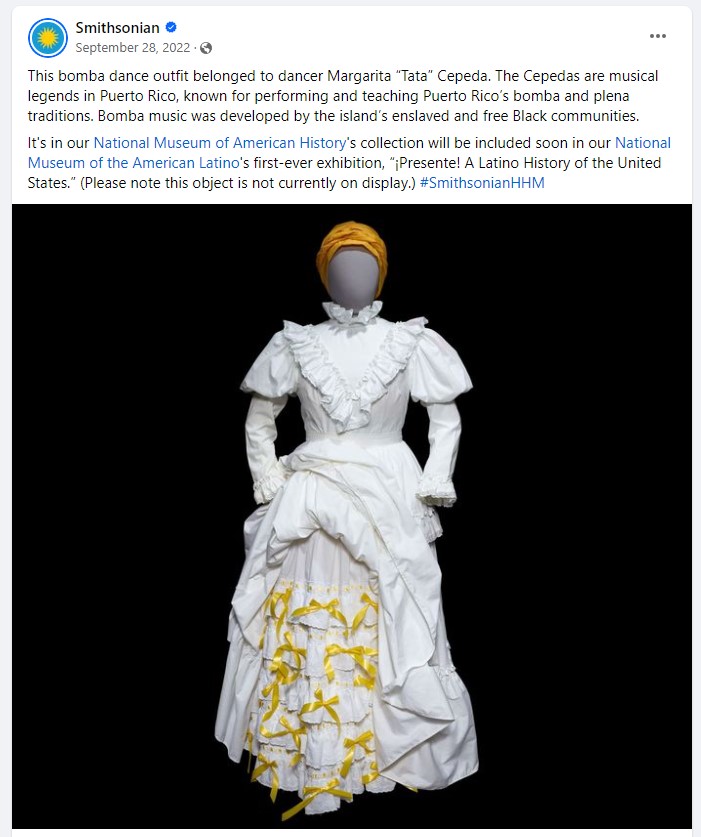
The Cepeda family have been nationally recognized for preserving bomba music and dance. And, in 2022, the National Museum of American History announced that the bomba dance outfit worn by dancer “Tata” Cepeda would be included in the National Museum of the American Latino‘s first-ever exhibition, “¡Presente! A Latino History of the United States.”
On the other hand, artists like Manuel “Canario” Jimenez, Mon Rivera, Cesar Concepcion, and Ruth Fernandez recorded plena, solidifying its place in music history.

